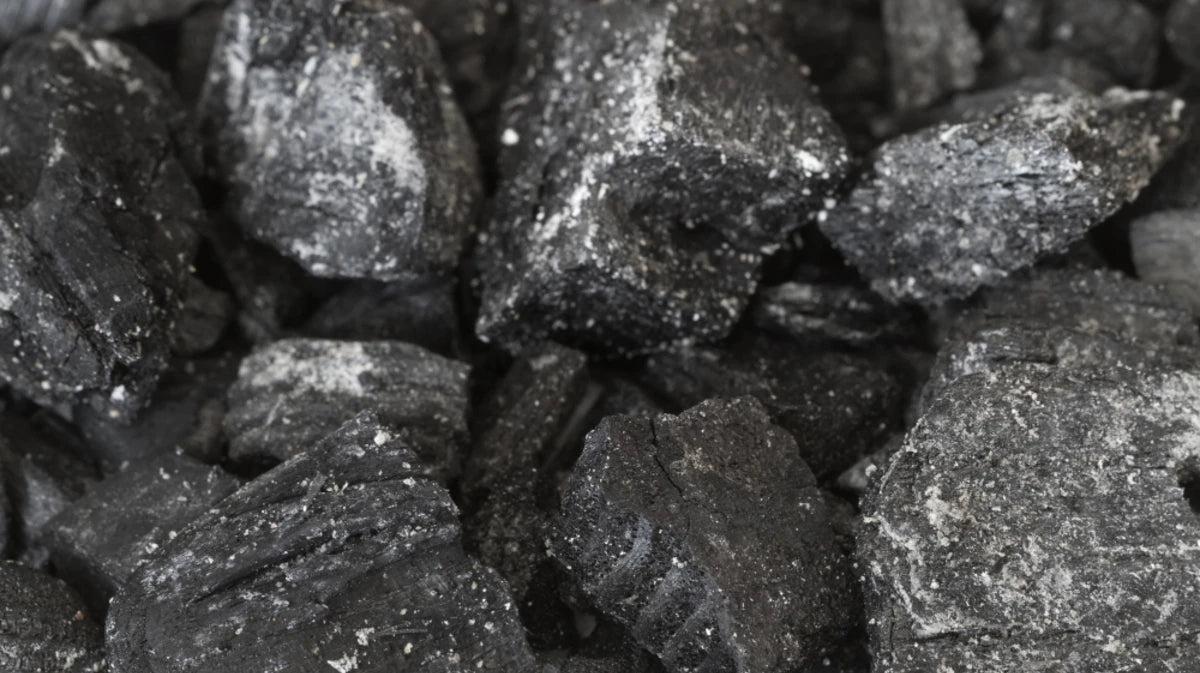
Carbon
Carbon (C) is one of the elements in the 14th row of the periodic table and plays a critical role in both organic and inorganic chemical compounds. Carbon dioxide (CO₂) gas in the atmosphere and carbon compounds found in the earth's crust are among the elements that directly affect our planet's ecosystem. Carbon also forms the building block of organic compounds, which are considered the basic building block of life. In this article, we will examine the role of this element in a wide range from carbon's chemical properties to its biological importance, from its industrial uses to its environmental effects.
Chemical Properties of Carbon
Carbon is an element in the periodic table with 4 valence electrons. This property allows carbon to form strong chemical bonds with other atoms. The carbon atom has the capacity to form single, double, or triple bonds with other elements, allowing for the formation of a wide variety of compounds.
Allotrope Modifications:
Carbon exhibits allotropic forms that can exist in different physical structures. These allotropes create large differences in the physical properties of carbon.
-
Graphite: Graphite is an allotrope of carbon in which the atoms are arranged in a hexagonal structure. It has high electrical conductivity and is soft and slippery. Graphite is used in pencils, batteries, and electrical equipment.
-
Diamond: Diamond is a hard allotrope of carbon in which the carbon atoms are bonded in a three-dimensional, tetrahedral structure. Diamond is unique in its hardness and brittleness and is used in jewelry, cutting tools, and industrial applications.
-
Fullerenes: Fullerenes are a group of allotropes in which carbon atoms form closed structures, an example of which is C₆₀ (buckyball), and are materials with potential use in electronic and biomedical applications.
-
Graphene: Graphene consists of a thin two-dimensional structure in which carbon atoms are arranged in a single plane. It has extremely high electrical conductivity and its contributions to modern technology are potentially revolutionary.
Carbon and Life
Carbon forms a large part of the basic building blocks of life. Organic compounds in particular can form complex structures thanks to carbon atoms. Since the beginning of life, carbon has been of great importance in biological and chemical cycles.
The Role of Carbon in Organic Compounds
The carbon atom provides the diversity and complexity of organic molecules thanks to its ability to form numerous bonds with other elements. These molecules are composed of the basic compounds necessary for life. For example:
-
Proteins: Proteins are large molecules composed of carbon, hydrogen, oxygen and nitrogen atoms. Carbon is the basic building block of these molecules and plays a vital role in the body structure of animals, plants and microorganisms.
-
Fats and Lipids: Lipids are large molecules composed of carbon atoms and play a role in the structure of cell membranes, energy storage and the structure of hormones.
-
Sugars and Carbohydrates: Carbohydrates are used as a source of energy and are produced by plants through photosynthesis. Sugars such as glucose and fructose are critical for cellular metabolism.
-
DNA and RNA: Carbon is one of the basic elements in the structure of nucleic acids (DNA and RNA). These acids carry genetic information and regulate the function of biological organisms.
The Carbon Cycle:
Carbon, starting with carbon dioxide (CO₂) gas in the atmosphere, is converted into organic compounds by photosynthesis through plants. When consumed by animals, these compounds are converted back into carbon dioxide and join the atmospheric cycle. This process is known as the carbon cycle and provides balance to ecosystems. In addition, CO₂, which can be dissolved in the oceans, plays an important role in controlling the level of carbon in the atmosphere.
Industrial Uses of Carbon
Carbon has a wide range of uses at the industrial level. Here are some of the key uses:
1. Carbon Based Fuels:
Carbon is the main component of fossil fuels. Oil, natural gas and coal contain carbon and these fuels are widely used in many sectors such as power generation, heating and transportation. Fossil fuels release carbon, which has environmental impacts.
2. Carbon Black:
Carbon black is fine carbon particles used in industrial applications. It is used in the production of tires, paints, plastics, and inks. It is also used for filtration and to increase the efficiency of catalysts.
3. Carbon Nanotubes and Nanotechnology:
Carbon nanotubes are materials in which carbon atoms form cylindrical structures. This material is incredibly durable and has high electrical conductivity. In the field of nanotechnology, carbon nanotubes are used in many areas such as electrical devices, medical devices and energy storage systems.
4. Carbon Fiber:
Carbon fiber is a lightweight, durable and high-performance material. It is widely used in the automotive and aerospace industries, sports equipment and the construction sector. Carbon fiber is an effective material, especially in reinforcing transportation and building materials.
Environmental Impacts of Carbon and Greenhouse Gases
Carbon is an element that can have profound effects on the environment. The most important environmental effect of carbon is the release of carbon dioxide (CO₂) from the combustion of fossil fuels. CO₂ is one of the greenhouse gases and accumulates in the atmosphere, causing global warming.
Global Warming and Carbon Footprint:
Carbon dioxide is the most prevalent greenhouse gas in the atmosphere. Human activities, especially since the industrial revolution, the burning of fossil fuels, deforestation, and industrial manufacturing processes have increased CO₂ emissions. This has triggered climate change and global warming problems. A carbon footprint is a concept that measures the amount of CO₂ a person or organization releases into the atmosphere.
Carbon Neutrality and Zero Emissions Targets:
Being carbon neutral means that an organization or individual absorbs or reduces the same amount of carbon as they emit to offset the amount of CO₂ they emit. Many countries aim to reach zero emissions by 2050. Strategies such as using renewable energy, improving energy efficiency, and protecting forests are important steps in reducing carbon emissions.
Conclusion
Carbon is one of nature’s most fundamental elements, providing the building blocks for organic compounds that form the basis of life. It also plays a major role in industrial production and energy generation. However, given the impact of carbon on the environment, sustainable carbon management and reducing greenhouse gas emissions are critical. Balancing the carbon cycle and reducing environmental impacts is essential for a healthier planet and a sustainable future.















